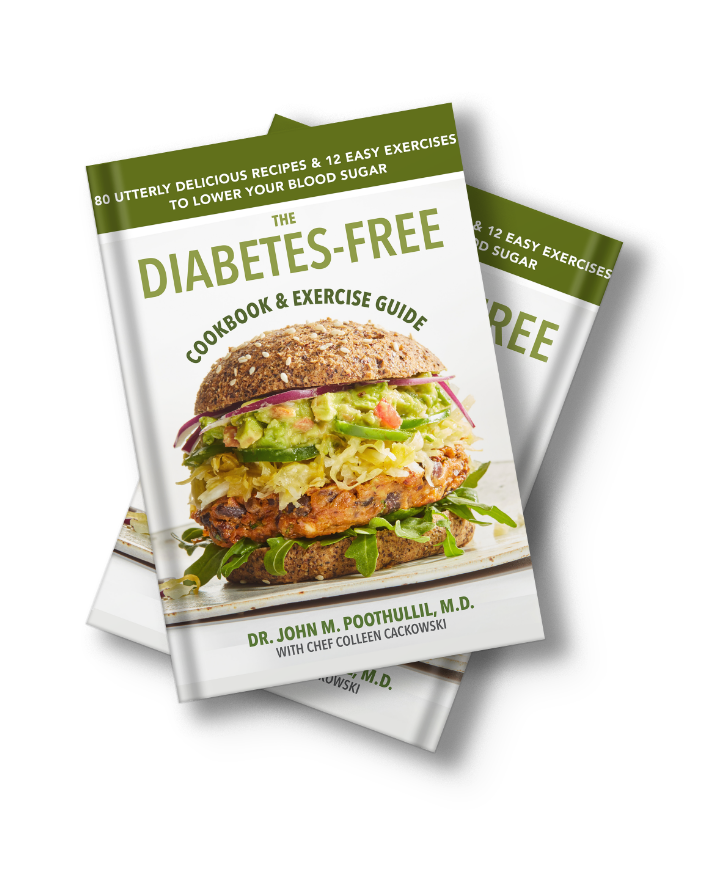The holiday season can be a very busy time and stress levels run high. Take a listen to what advice I have to share and read below on the importance of why you should take control of your stress response.
Stress is any stimulus that creates the feeling of fear or hurt. Fear can be imagined or real. Hurt can be physical or emotional. Stress activates neurons located in the primitive part of the brain causing the release of stress hormones such as cortisol, adrenaline, growth hormone, and others.
Each person is remembered by his or her way of responding to stress. The common behavioral responses to stress are classified into three categories: associative response, anticipatory response, and afterthought response.
Without resolution, active nerve cells will rob nutrients and energy from others, leading to other problems such as inhibition of appetite, forgetfulness, inability to feel enjoyment, and depression.

Don’t let Type 2 diabetes or pre-diabetes control your life – start a delicious new journey to a healthier, happier you today!

Discover how you can live a diabetes-free life with Dr. John’s groundbreaking cookbook and exercise guide. With over 80 appetizing low-carb recipes created by Chef Colleen Cackowski, you’ll never miss the high-carb, high-sugar foods of your past. Every recipe nourishes your body and keeps your blood sugar levels in check so you can enjoy tasty, satisfying meals. Dr. John also offers 12 easy-to-do exercises to boost your flexibility and balance and keep you healthy as you age.
What people are saying…
Filled with tons of easy-to-make meals and encourages enjoyable meal planning for moms like me. I highly recommend this book to diabetics and families trying to live and eat healthily. —Maria Chalissery, M.Sc., Diet Technician
If you are looking for ways to improve your health and add more zing to your meals, these recipes are exactly what you need. —Jyoti Veeramoney, Chef, Certified Yoga Instructor
These exercises are great because they focus on dynamic movement that improves joint range of motion and flexibility. They require no equipment, build core strength and stabilization, and incorporate movements that can correct posture, which can decrease the risk of falling. —Sophia LaValle, NASM Certified Personal Trainer


